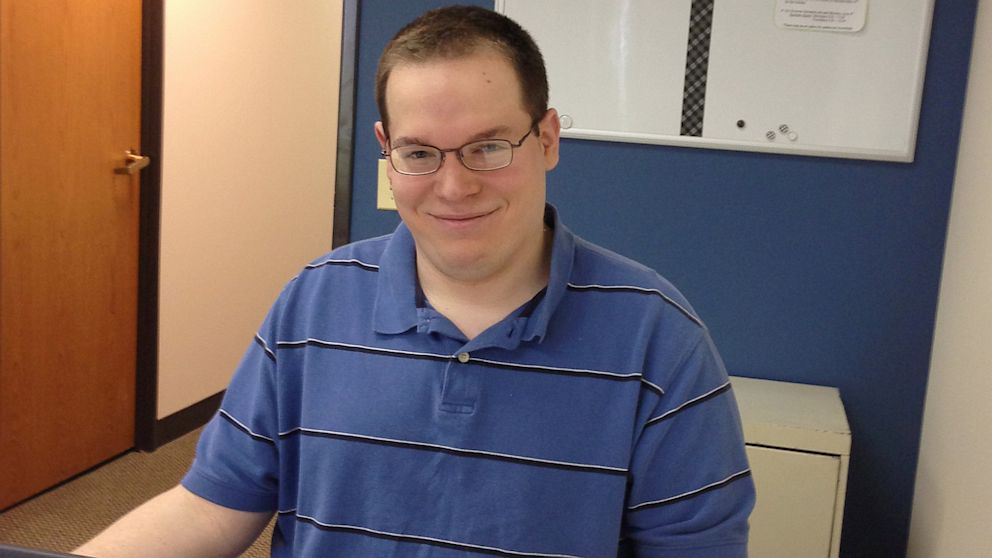Autism spectrum disorder is being identified with greater frequency, as a growing number of children are diagnosed annually; however, this trend indicates enhanced recognition rather than a reason for concern. To comprehend autism fully, one must acknowledge both the difficulties it presents and the distinct viewpoints autistic people contribute to our communities.
A deeper dive into the prevalence of autism
Recent data from the Centers for Disease Control and Prevention (CDC) indicates that 1 in 31 children in the United States are diagnosed with autism spectrum disorder (ASD) by age 8, an increase from 1 in 36 in 2023. This steady rise in diagnoses reflects not only improved awareness and diagnostic practices but also a broader societal acknowledgment of neurodiversity. As a researcher and an individual diagnosed with Asperger’s syndrome, I have witnessed firsthand how these statistics intersect with personal experiences and community perceptions.
Autism spectrum disorder manifests uniquely in each person, generally impacting their social interaction, communication abilities, and behavioral traits. Several decades ago, autism was thought to be uncommon, with figures suggesting it affected as few as 1 in 500 children. Nevertheless, initial research from the late 1990s, including studies carried out in New Jersey, indicated greater prevalence rates, closer to 1 in 150 children. The creation of the Autism and Developmental Disabilities Monitoring Network by the CDC in 2000 enabled national surveillance, verifying that autism was considerably more widespread than previously understood.
Geographical and population characteristics impact the rates of occurrence. For example, California indicates roughly 1 in 19 children are affected by autism, while Texas shows a range from 1 in 51 to 1 in 103. In Arizona, the incidence closely matches the national average, standing at approximately 1 in 32. Although males continue to receive diagnoses more often than females, the disparity between genders has decreased, indicating a better understanding of how autism presents uniquely in each sex.
From diagnosis to societal acceptance
The increasing number of autism diagnoses shouldn’t be viewed exclusively as a detrimental development. A significant number of children on the autism spectrum are fully engaged in educational settings, athletic pursuits, and social interactions. Studies reveal that most of them aim to pursue higher education and build fulfilling careers. These achievements underscore the necessity of perceiving autism not just as a collection of difficulties, but as a broad range of distinct talents and prospects.
Changes in diagnostic criteria have expanded the definition of autism, allowing for earlier and more accurate identification across a wider range of behaviors. Additionally, increasing societal acceptance has created an environment where autistic individuals are more visible and included, both in media representation and in everyday community life. Characters with autism often serve as protagonists in film and television, providing audiences with relatable and empowering portrayals that challenge outdated stereotypes.
The value of autistic perspectives
People on the autism spectrum offer distinct perspectives and talents that enhance professional environments, social groups, and artistic pursuits. The capacity to discern recurring themes, conceptualize novel ideas, and tackle challenges from unconventional viewpoints has characterized numerous accomplished individuals with autism. For instance, Temple Grandin’s autism shaped her groundbreaking contributions to animal behavior, and Dan Aykroyd attributes his Asperger’s syndrome to fueling imaginative ventures like the movie “Ghostbusters.” These instances highlight how neurological diversity can foster both cultural and scientific advancements.
Recognizing these strengths also informs policy and community planning. Programs designed to accommodate diverse needs—such as flexible work arrangements, specialized educational support, and targeted vocational training—enable autistic individuals to thrive in professional and social settings. Cities that attain autism certification exemplify how municipal initiatives can create sensory-friendly, inclusive environments, ensuring broader access to healthcare, education, and recreational activities. Mesa, Arizona, for instance, achieved such certification in 2019, serving as a model for other municipalities aiming to support autistic residents.
Building inclusive communities
The increase in autism recognition provides an opportunity to reshape societal attitudes and infrastructure. Education systems must adapt to serve growing numbers of students with developmental differences, incorporating specialized training for teachers and tailored classroom accommodations. Healthcare providers, too, can implement practices that respond to the needs of autistic patients, emphasizing communication, understanding, and individualized care.
Workplace integration represents another vital domain. Initiatives focused on recruiting, educating, and keeping employees with disabilities, coupled with adjustments like telecommuting, foster financial independence and societal engagement. By attending to the complete range of requirements—spanning from schooling to careers to autonomous existence—society can foster settings where individuals on the autism spectrum thrive alongside their neurotypical counterparts.
Shifting perspectives on autism
Ultimately, the rising prevalence of autism represents more than a numerical trend; it is a reflection of increased awareness, understanding, and acceptance. Autistic individuals, with their distinctive ways of thinking, offer valuable contributions that enhance communities and challenge conventional approaches to problem-solving. Viewing autism through this lens encourages a more inclusive and dynamic society, where differences are celebrated rather than stigmatized.
As children diagnosed with autism today grow into adults, it is imperative for policymakers, educators, employers, and community leaders to continue building structures that support lifelong engagement and success. The growing visibility and acknowledgment of autism invite society to harness the strengths of neurodiverse populations, ensuring that everyone has the opportunity to participate meaningfully in all aspects of life. By fostering acceptance and accommodating differences, we can create vibrant, inclusive communities where every individual’s potential is recognized and valued.
The evolving understanding of autism—its challenges, capabilities, and societal implications—demonstrates that neurodiversity is not something to fear but a powerful catalyst for innovation, empathy, and community growth. Recognizing the contributions of autistic individuals is essential to building a world where all perspectives can flourish.





